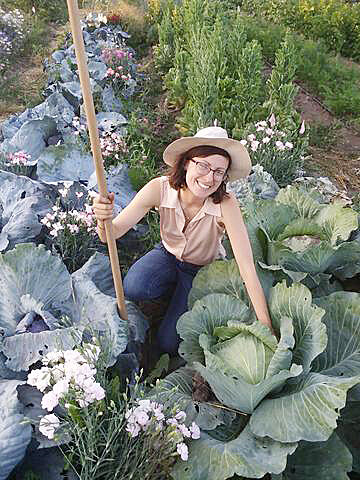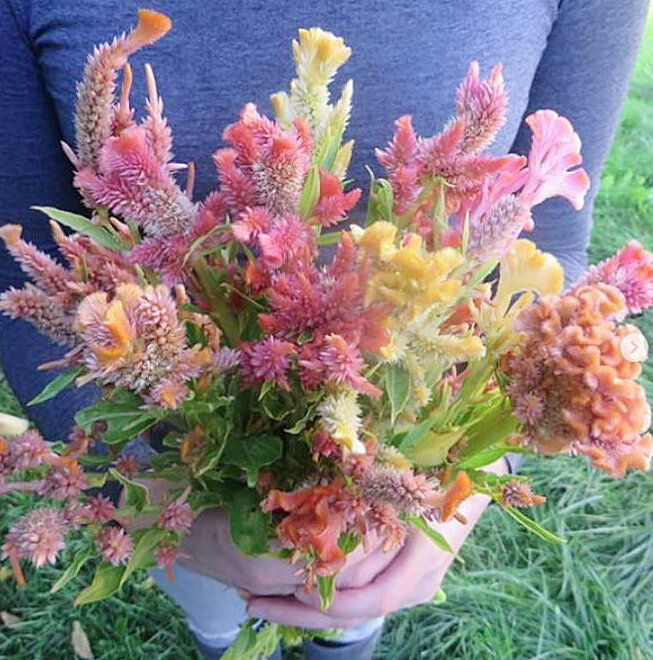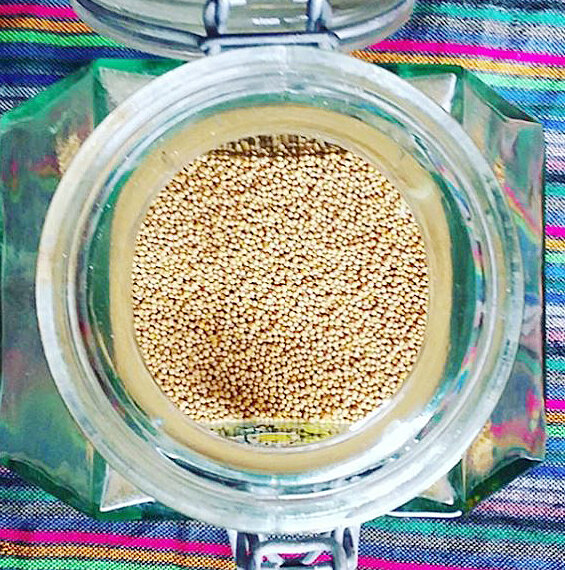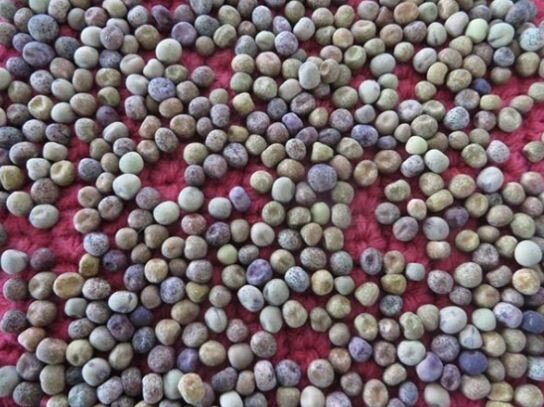Exchange spotlight: Julie Sheen
/Julie Sheen is a farmer, growing and sharing seed adapted to the Mountain West through her seed company, Giving Ground Seeds. Seed Savers Exchange is so thankful that Julie has chosen to support our mission by sharing seeds via the Exchange, our gardener-to-gardener seed swap. Below, Julie shares how seed saving enables her to adapt to climate change and the unique growing conditions of her region.
Tell us a little bit about yourself.
I farm a one-acre garden in southeast Idaho. We have a short season and an arid climate. The challenges of our growing area are one reason I love growing seeds and growing out rare varieties. Through saving seeds, I can slowly adapt varieties to be better suited to my climate and region. With every subsequent season of planting, the seeds are better adapted to my farming system and soils and grow better for me. That means less struggle and hard work growing crops that aren't really adapted to this land. Climate change is a great concern in my gardening, and by adapting crops to our arid short season, I believe we are enhancing biodiversity in a way that might be useful for all gardeners in coming years.
I love listing in the Exchange because it is such a great way to get my seeds into the hands of gardeners who need them and gardeners who will continue to save seeds from them.
What called you to seed saving?
When I save seeds, I have a closer relationship with the plants I'm growing because I see them through their whole life cycle. I also love growing out rare varieties (or varieties in danger of disappearing) I have found in the SSE Yearbook, catalog, and other sources. I'm drawn to crops named after the women who stewarded them, like ’Anna Ortman's’ lettuce" or ‘Aunt Molly's’ ground cherry. Many of our crop varieties have been bred by women farmers who worked informally providing for their families and communities, and these are varieties I wish to continue to grow to honor the role of these women in our agricultural heritage.
Do you have a favorite crop type and/or variety that you maintain?
I love native plants, medicinal herbs, and "staples" crops that are adapted to shorter seasons like peas, beans, corn, cabbage, and squash. Peas are such a great crop to grow here, and I have several rare varieties I love to maintain. Dry peas and frozen fresh peas can help sustain you through lean times too!
Is there anything else SSE members/listers should consider about seed saving?
The book The Seed Garden, published by SSE and the Organic Seed Alliance, is really one of the best and most practical seed-saving guides out there for those saving seed on a smaller scale like a garden or small farm.
Check out some of the varieties Julie lists on the Exchange:
Mix Celosia: This highly valued, unique flower has several names: Cock's Comb, Coral Statice, and Brain Statice. A long-lasting, large, and exotic cut flower, Celosia likes heat and space and is not frost tolerant. This mix contains both coral folding flowers and spikes of yellow, red, orange, purple, and pink.
Dijon Mustard: This French heirloom excels for mustard-making! Plants bolt quickly, producing a profuse number of yellow flowers that produce surprising amounts of light-brown mustard seeds. A small 5 X 5' space yields enough to keep you in mustard until the following season!
Wild Peas of Umbria: Gardeners who plant this variety hold in their hands a living, perpetuating fossil, a piece of history. This dry pea has been grown and wild harvested since the Neolithic age by peasants and shepherds along Italy’s Apennine Mountains, specifically on the Umbria-Marche ridge. Its near disappearance in recent decades has led to its being sponsored by Slow Food’s Ark of Taste. It requires little to be quite productive and can be used as a dry or soup pea.
This spotlight originally appeared in the August edition of our Exchange Newsletter, which features member spotlights, seed-saving tips, noteworthy listings, and other pertinent stories and information for our Exchange community. To get on the email list for the Exchange Newsletter, simply create an Exchange account at https://exchange.seedsavers.org/page/login.

















